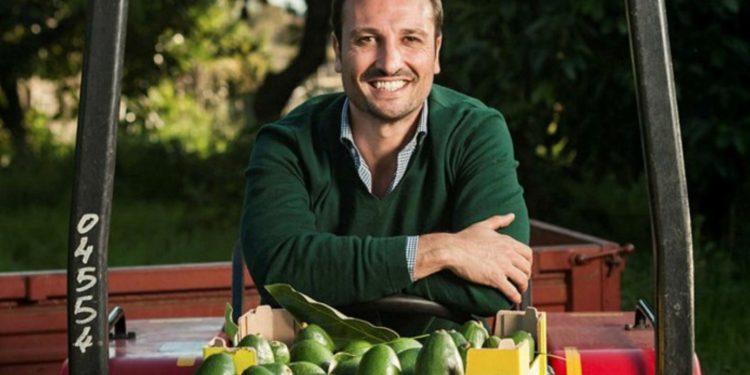A feature in the Financial Times says climate change is shifting the frontiers of where food is grown as farmers and agricultural businesses adapt to warmer temperatures around the world.
While in some regions heat and drought are threatening the cultivation of certain crops, raising food security concerns, in others, the warming climate has allowed growers to cultivate new crops and varieties which in previous decades would have been difficult to produce profitably.
At the fertile foothills of Mount Etna, Andrea Passanisi surveys his avocado grove under Sicily’s blue skies.
He started growing the tropical fruit in what used to be his grandfather’s vineyard and, helped by the warming climate, is now sending his produce across Europe.
Passanisi discovered a love for avocados on a trip to Brazil as a teenager two decades ago, and decided on his return home to experiment with growing them in Sicily.
Abandoning plans to become a lawyer, he converted his grandfather’s land and started to farm avocados as well as passion fruit and lychees, alongside longstanding lemon trees.
“My grandfather grew wine grapes but it’s become too hot because of climate change. This side of the mountain is too hot for grapes, you have to go further up,” he says.
Global warming has sparked a 1C increase in the island’s temperature over the past 30 years, according to Francesco Viola, associate professor at the University of Cagliari, who has researched the island’s climate and the Mediterranean ecosystem.
Many farmers in Italy are grappling with a heatwave, after temperatures hit 45C in parts of the south of the country in June, part of a long-term shift, says Ettore Prandini, president of Coldiretti, Italy’s farmers union.
“Every year we see longer periods with high intense temperature and tropical weather,” he says.























